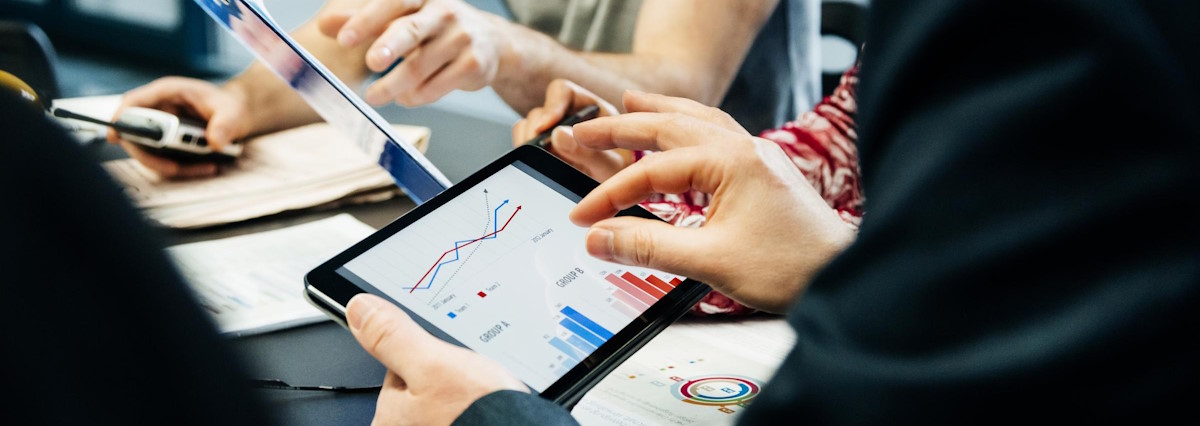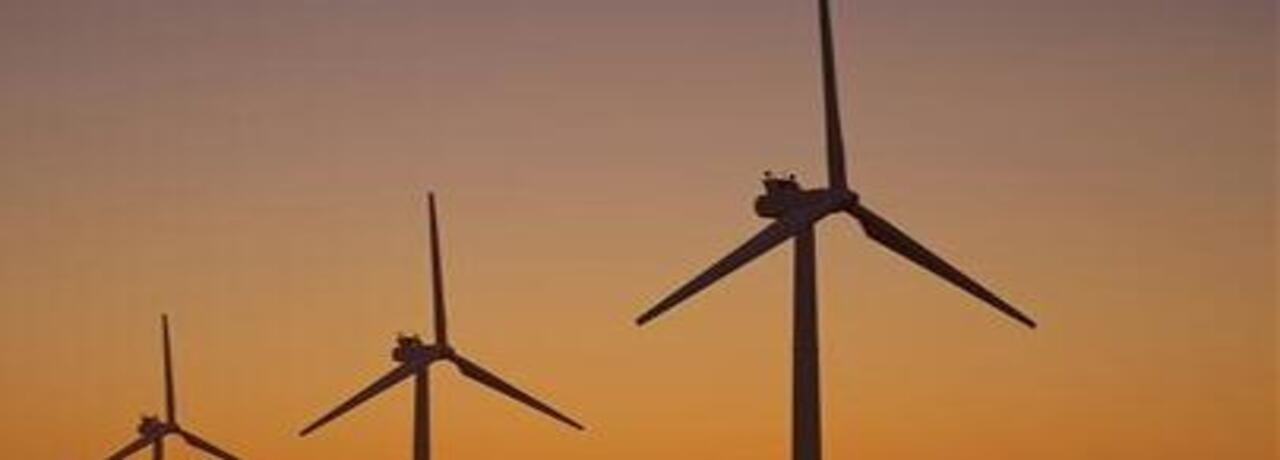The presidential election will be organized in just 10 days, but we already know that growth in 2019 will disappoint (forecast at +2.2%). Low FDI inflows and low public investment are key constraints. Togo’s Lomé port has overtaken Lagos in terms of container traffic in 2018. Lagos activity decreased by -30% during the last five years, burdened by many bottlenecks. This is just one infrastructure gap among many in Nigeria. The overall weak infrastructure investment is pervasive. Euler Hermes calculated that Nigeria would need to spend USD500bn by 2030 to close its road equipment gap with South Africa. Financing it is an issue. Nigeria was hit by a -36% drop in FDI inflows (USD 2.2bn) in 2018. Overall, the country accounts for 20% of regional GDP but attracts just 6% of FDI flows to Africa. Since fiscal revenues (8% of GDP) are quite low, mobilizing private savings would be a solution. The government just approved a scheme enabling to tap private companies to build federal roads and selected projects; in return they will benefit from tax credits.















